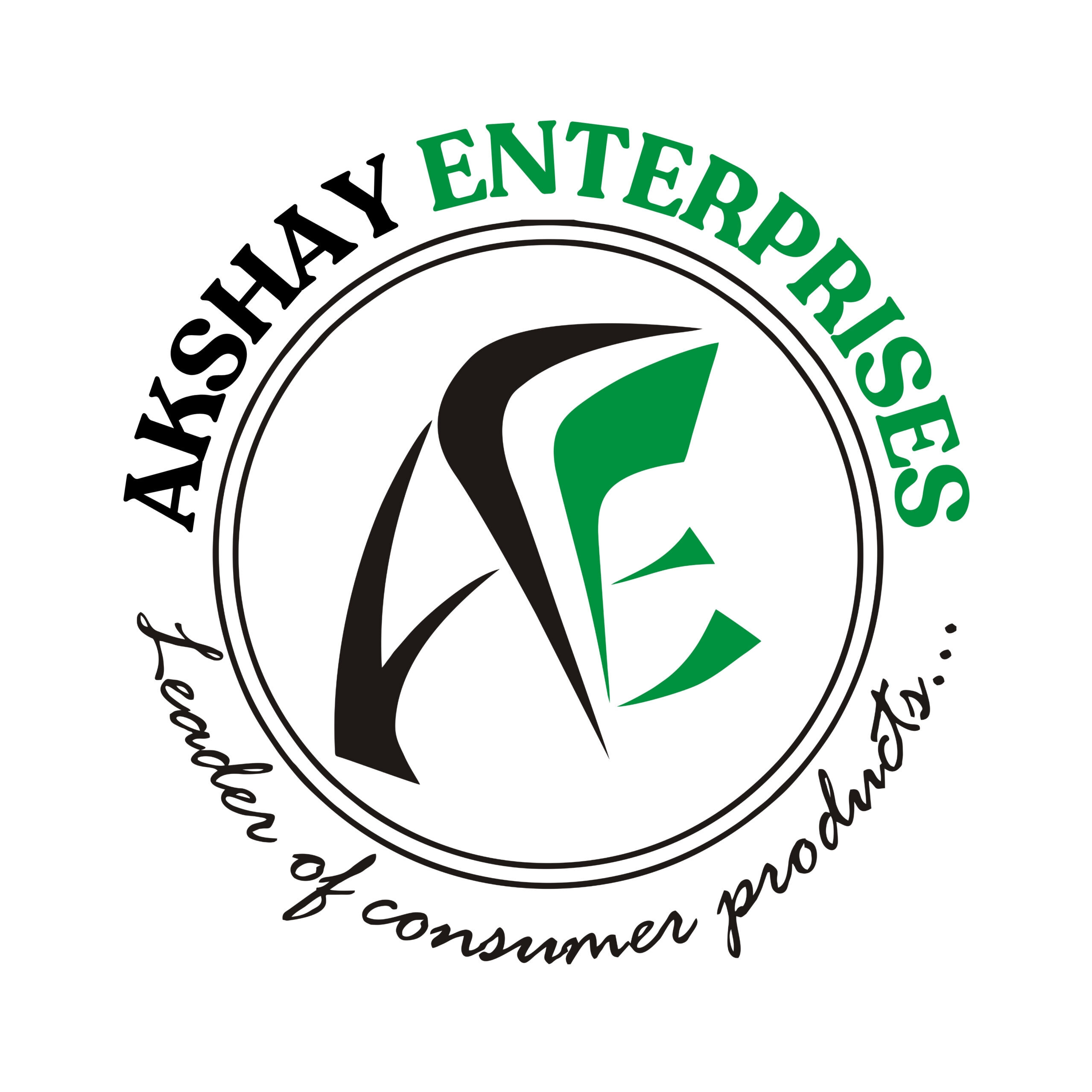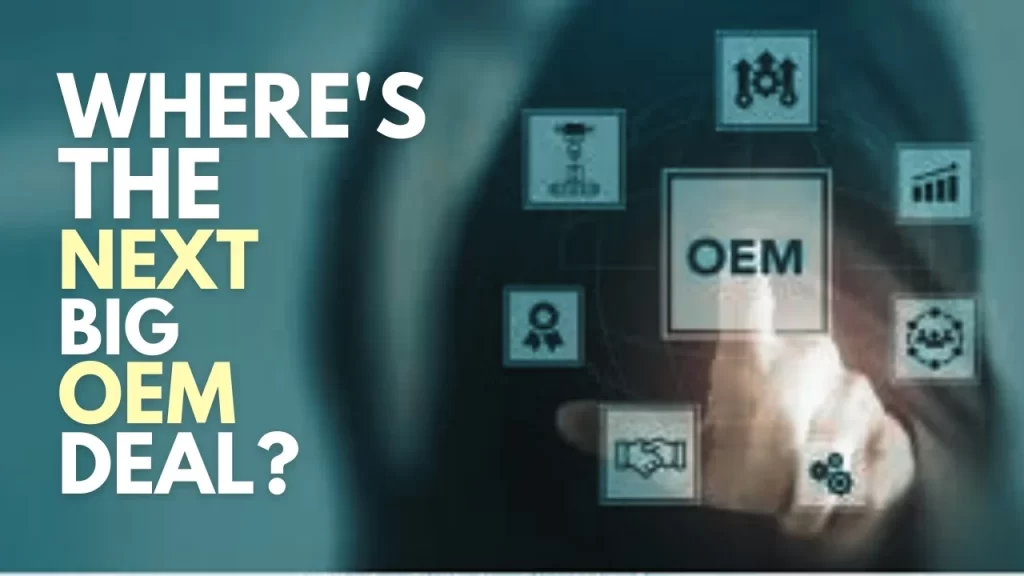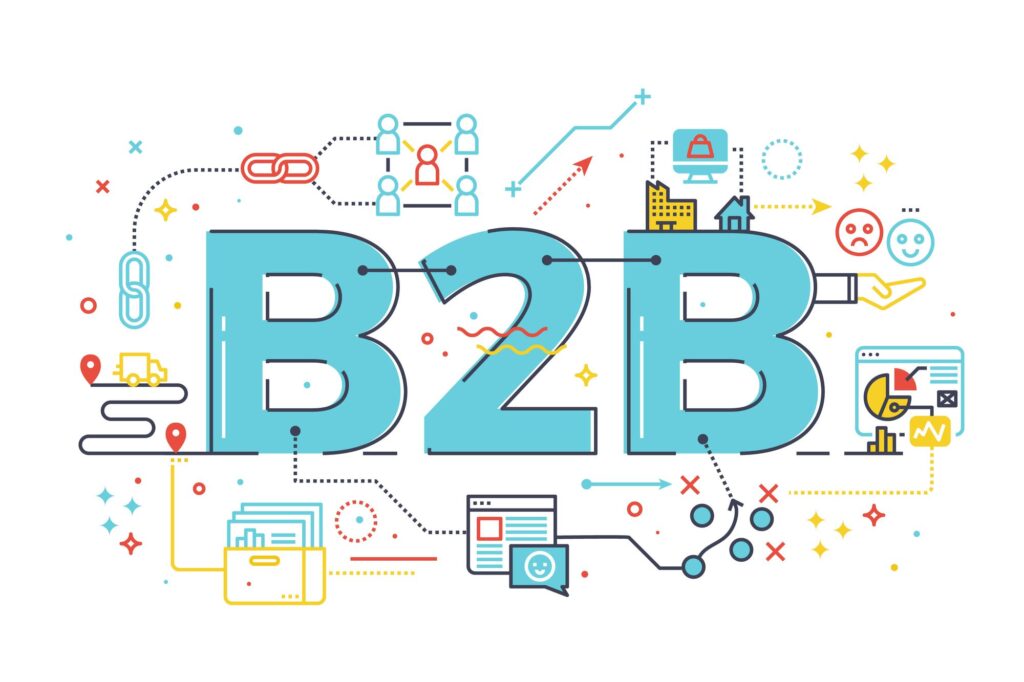In the ever-evolving world of manufacturing and global trade, one major shift is becoming increasingly apparent: businesses are rethinking their reliance on China for Original Equipment Manufacturing (OEM). While China has long held the title of the “world’s factory,” today’s wholesale buyers, retailers, and direct selling companies are exploring fresher, more diversified options.
This shift isn’t just about rising costs or geopolitical tension. It’s also about accessing new opportunities, tapping into emerging markets, and creating more resilient supply chains.
Products for Wholesale Distributors
Let’s dive deep into why businesses are moving beyond China, why countries like India are emerging as strong alternatives, and how you can successfully find and build your next OEM partnership outside the traditional Chinese landscape.
Why Businesses Are Looking Beyond China for OEM Partnerships
For years, China’s unmatched infrastructure, workforce, and production capabilities made it the go-to destination for OEM sourcing. However, several factors are causing businesses to rethink this default choice.
Rising Manufacturing Costs
Labor costs in China have risen significantly over the past decade. What was once a low-cost production powerhouse has become more expensive, squeezing margins for wholesale buyers and retailers.
Trade Tensions and Tariffs
Ongoing trade tensions, particularly between China and major economies like the United States and Europe, have led to uncertainties around tariffs and regulations. Businesses now seek more stable and predictable sourcing destinations.
Supply Chain Disruptions
Global events have exposed vulnerabilities in long, China-centric supply chains. From pandemic-induced shutdowns to shipping bottlenecks, companies have realized the risk of depending too heavily on a single country.
Diversification Strategy
Smart businesses are proactively diversifying their supply chains to minimize risks and stay agile. Spreading production across multiple countries ensures greater flexibility and resilience.
╰┈➤ What Is Original Equipment Manufacturing (OEM)?
Emerging Markets: The New Frontier for OEM
As businesses look beyond China, countries like India, Vietnam, Bangladesh, Indonesia, and Mexico are stepping into the spotlight. Each of these markets brings unique strengths to the table, offering promising alternatives for OEM partnerships.
India: A Promising Contender
Among the emerging markets, India stands out. With its vast talent pool, growing manufacturing ecosystem, competitive costs, and improving infrastructure, India is fast becoming a favorite OEM destination for global businesses.
Other emerging markets also offer compelling advantages, but India’s combination of scale, diversity, and government support for manufacturing makes it particularly attractive for wholesale buyers, retailers, and direct selling companies.
╰┈➤ Why Global Brands Prefer India Over China for Manufacturing
Benefits of Sourcing from Non-China OEM Partners
Sourcing from India and other emerging markets is not just a “Plan B” — it’s a strategic move loaded with advantages.
Competitive Pricing
Emerging markets can offer highly competitive pricing, often matching or even beating China’s manufacturing costs, especially when factoring in shipping and tariff savings.
Skilled Labor Force
Countries like India boast a vast and increasingly skilled workforce. Manufacturers are capable of producing high-quality goods across industries, from textiles and cosmetics to electronics and machinery.
Favorable Trade Agreements
Many emerging economies have favorable trade agreements with key markets such as the United States and Europe, offering reduced tariffs and simpler compliance requirements.
Customization and Flexibility
New OEM partners are often more flexible and open to customization, offering businesses the ability to differentiate their products and respond quickly to market demands.
Resilient Supply Chains
Diversifying manufacturing locations can shield businesses from localized disruptions, making supply chains more robust and reliable.
╰┈➤ Smart Bulk Buying Strategies for Long-Term Savings
Key Factors to Consider When Choosing a New OEM Partner
Switching OEM partners or adding new ones to your supply chain is a critical business decision. It’s important to evaluate potential partners carefully to ensure a smooth and successful transition.
1. Quality Standards and Certifications
Always assess whether the manufacturer adheres to international quality standards. Look for certifications relevant to your industry to ensure compliance and consistency.
2. Production Capacity and Scalability
Make sure the OEM has the capacity to meet your current demand — and can scale as your business grows. A partner who can grow with you is invaluable.
3. Communication and Transparency
Effective communication is crucial. Choose OEMs who offer clear, honest, and timely updates. Cultural compatibility and language skills can play a big role in the partnership’s success.
4. Financial Stability
An OEM partner must be financially stable to fulfill orders on time and invest in production improvements if needed. A financially shaky partner can jeopardize your supply chain.
5. Intellectual Property Protection
When dealing with product designs, proprietary formulas, or brand-specific elements, ensuring that your intellectual property is protected is a must.
6. Infrastructure and Logistics
Evaluate the transportation, port facilities, and overall logistics infrastructure in the manufacturing location. Good infrastructure can mean faster turnaround times and reduced costs.
╰┈➤ Bulk Buying Mistakes in Businesses | How to Avoid Them?
How to Successfully Establish OEM Partnerships in India and Emerging Markets
Breaking into new manufacturing hubs requires a structured approach. Here’s how you can start building successful OEM relationships outside China.
Research Extensively
Before reaching out to potential partners, research the manufacturing landscape in your target country. Understand the industry clusters, specialties, and regional advantages.
Attend Trade Shows and Industry Events
Trade shows, both physical and virtual, are excellent opportunities to meet reputable OEM manufacturers. They provide a platform to evaluate capabilities and build relationships.
Leverage Local Consultants
Hiring a local sourcing agent or consultant can provide valuable on-ground insights, bridge communication gaps, and streamline your vetting process.
Start with Smaller Orders
Test the waters by placing small initial orders. This minimizes risk and allows you to assess the OEM’s capabilities, quality, and service without committing heavily upfront.
Focus on Relationship Building
OEM partnerships are long-term relationships. Invest time in understanding your partner’s culture, business practices, and values. Strong relationships often lead to better flexibility, priority treatment, and even cost advantages.
Conduct Regular Audits
Set up a schedule for regular quality checks and audits, either through your own team or a third party. Monitoring processes early can prevent major issues later.
Negotiate Fair Contracts
Draft detailed contracts covering timelines, payment terms, penalties for non-performance, quality assurance, and intellectual property protection. Clear contracts set the stage for smooth collaboration.
Challenges You May Encounter — and How to Overcome Them
Moving OEM sourcing to new countries is not without its challenges. Being prepared can help you navigate them successfully.
1. Longer Lead Times Initially
It may take time to align expectations, train partners on your product specifics, and streamline processes. Patience and clear communication are key in the early stages.
2. Cultural Differences
Different business cultures may require adjustments in communication and negotiation styles. Approach partnerships with an open mind and willingness to adapt.
3. Infrastructure Limitations
Not every emerging market has China’s infrastructure maturity. Factor potential logistical delays into your planning and work with partners who proactively manage these risks.
The Future of OEM: Smarter, Stronger, and More Diversified
The shift away from China-centric OEM sourcing isn’t just a reaction to recent disruptions — it’s the start of a new era of smarter, stronger, and more diversified supply chains.
For wholesale buyers, retailers, and direct selling companies, this is a golden opportunity. Moving toward emerging markets like India can offer better cost control, improved flexibility, access to high-quality products, and a more resilient global strategy.
The key lies in being proactive: researching deeply, choosing the right partners, building strong relationships, and continuously refining the process.
If done right, your next OEM partner could be the catalyst that drives your business growth for the next decade and beyond.
Find Your Next Big OEM Opportunity
As the global business environment continues to evolve, those who adapt and diversify will thrive. Exploring new OEM partners in India and other emerging markets is no longer just a nice-to-have strategy — it’s becoming a critical business necessity.
By moving beyond traditional sourcing patterns, businesses can unlock new growth, strengthen their supply chains, and stay competitive in an increasingly dynamic world.








